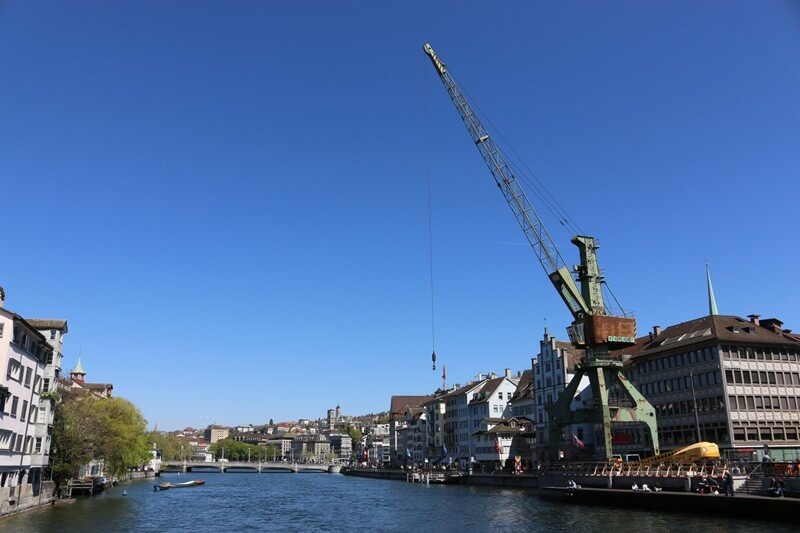
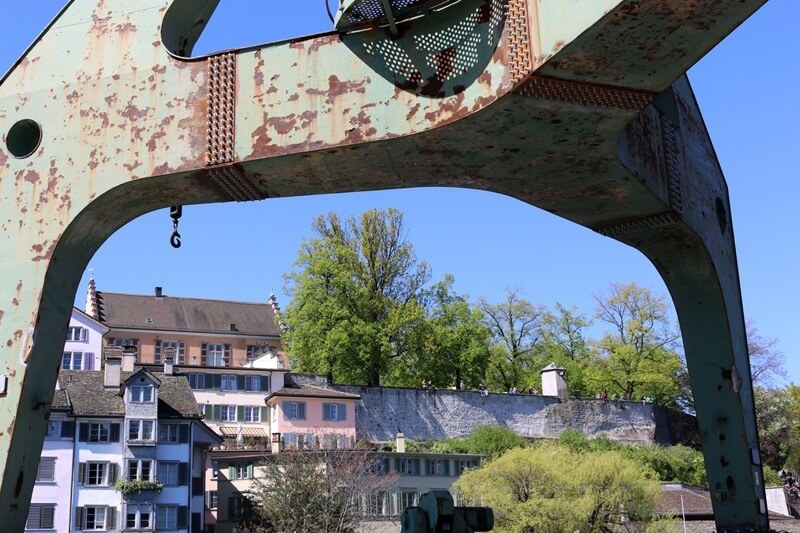
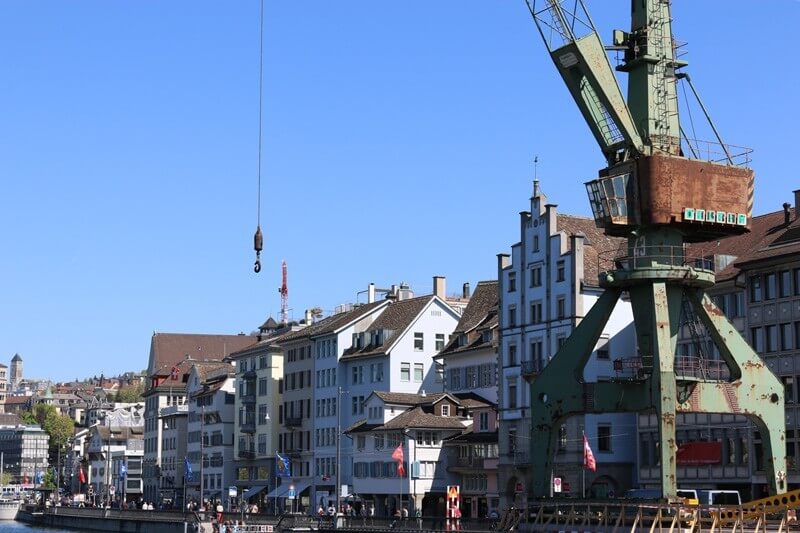
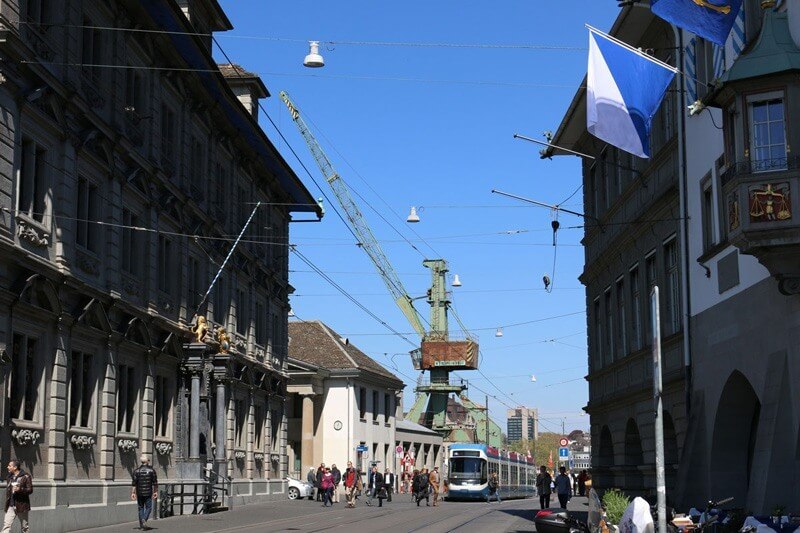
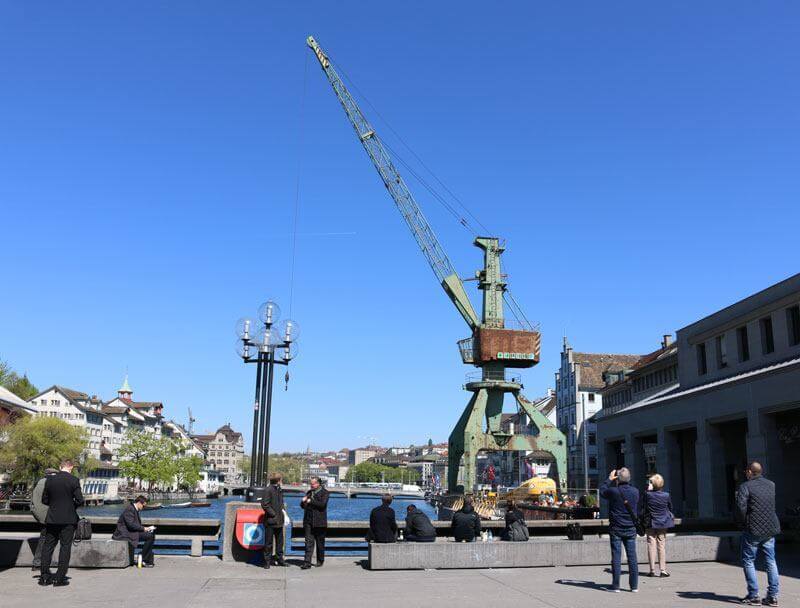
At the end of the exhibition in nine months, the sale of the steel scrap will hopefully help the city to recover financially and aesthetically.
What's your opinion of the Zürich dock crane?
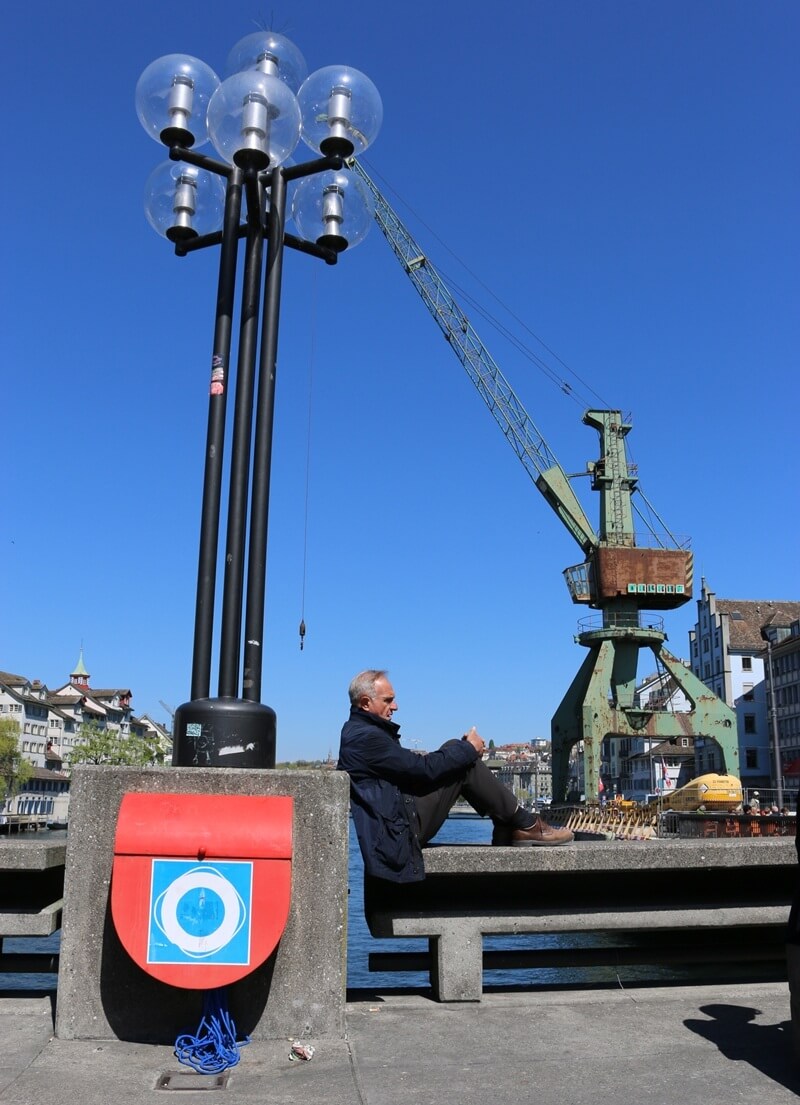





At the end of the exhibition in nine months, the sale of the steel scrap will hopefully help the city to recover financially and aesthetically.
What's your opinion of the Zürich dock crane?

Mamiko truly loves to discover Switzerland through the Newly Swissed "frame" with her Japanese eyes for details and a spark of American curiosity. She wants to connect Newly Swissed with businesses and organizations in Switzerland and expand the network.
Recently, the case of a 25 year old has surfaced in the media. Despite having spent her entire life in Switzerland, having attended the Swiss...
It may be the ultimate stereotype of our little country: Switzerland has a new creative hub, and it used to be a dairy factory. The Toni Areal in Zürich...
Living with a dog is supposed to be fun, but there are many laws when it comes to keeping a dog in Switzerland. Here are some practical tips...
Newly Swissed GmbH
Langrütistrasse 1A, 8635 Dürnten
Switzerland
+41 78 949 03 53
Copyright © 2025 - Newly Swissed GmbH. All rights reserved.